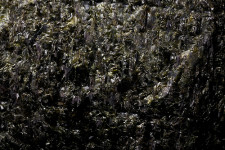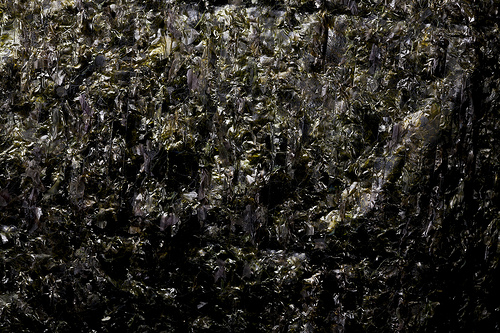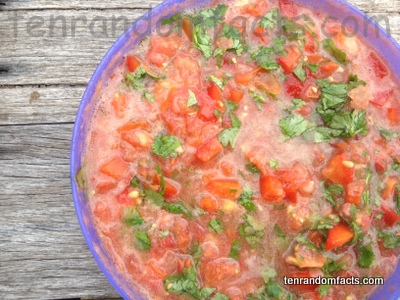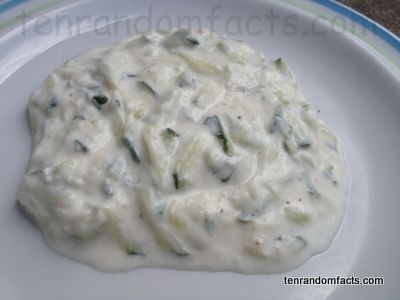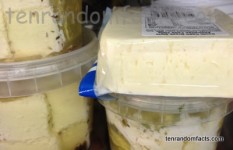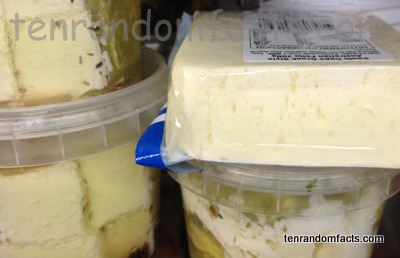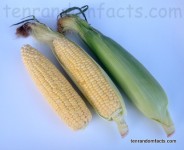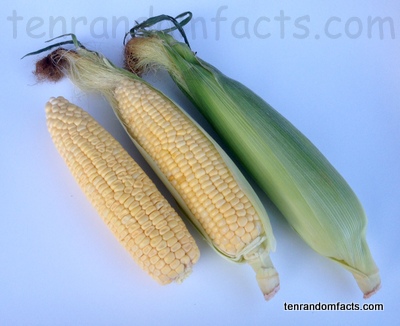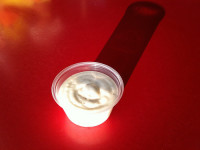
Get into the American taste with ranch dressing.
- Ranch dressing is a condiment popularly used as flavouring for a variety of foods.
- Typically, ranch dressing is made of buttermilk, mayonnaise, herbs and onion, with the occasional spice, however, many different versions are available, that come in a variety of flavours.
- Ranch dressing was invented in the early 1950s by American Steve Henson, and was served to the guests of his tourist accommodation known as Hidden Valley Ranch.
- The ranch dressing served to tourists was well received, leading to the sauce being made so that it could be sent home with the guests, and later began being manufactured commercially.
- Hidden Valley Ranch Food Products Inc were the original producers of ranch dressing, and it was sold to The Clorox Company in 1972 for eight million dollars.
Ranch Dressing
Image courtesy of Brad.K/Flickr
- Ranch dressing is commonly used to flavour salads, and it is also used as a dip and as a sauce, for both vegetables and meat.
- Ranch dressing took the status of the United State’s most commercially popular dressing as of 1992, a title previously held by Italian dressing, and held that spot for at least 20 years.
- Ranch dressing was originally difficult to store, due to the quantity of dairy in the recipe, however, in 1983, the recipe was developed so that a shelf stable product could be sold in supermarkets, where it could be obtained in a bottle without the need of refrigeration.
- The popularity of ranch dressing saw a sharp increase during the 1980s, as restaurants began to offer the dressing as part of their menu, and its ready availability in supermarkets also contributed to its prominence.
- Depending on the recipe, ranch dressing may be high in vitamin K, and it has significant quantities of fat, and sodium.
Bibliography:
Jones A, History of Ranch Dressing, 2015, eHow, http://www.ehow.com/about_5065787_history-ranch-dressing.html
Koerner J, Ranch Dressing, 2015, Slate, http://www.slate.com/articles/arts/number_1/2005/08/ranch_dressing.html
Ranch Dressing, 2015, Wikipedia, https://en.wikipedia.org/wiki/Ranch_dressing






